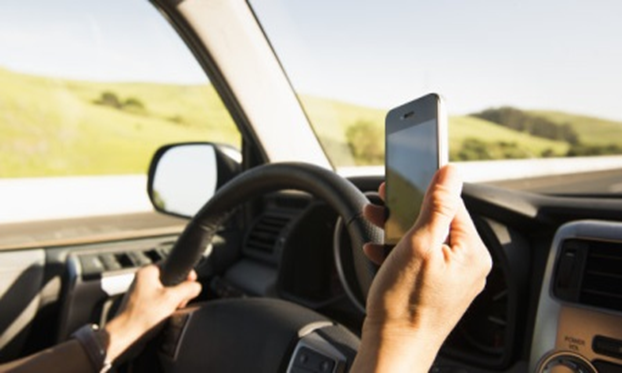In an effort to curb distracted driving, New York Governor Andrew Cuomo announced a plan on Monday to designate certain areas along the state’s highways as “texting zones.”
“New York State is continuing to use every tool at its disposal to combat texting while driving,” Cuomo said during Monday’s news conference. “We are now launching special ‘texting zones’ to allow motorists to pull over and use their phones.”
The 91 “texting zones” will use existing infrastructure, namely the state’s rest areas and parking areas, as a way to encourage drivers to get off the road before using their cell phone. A spokesman for the governor told ABC News that the state may consider adding additional locations later on. The zones will be identified with signs along the New York State Thruway and state highways.
Providing drivers with a safe area in which they can text or send email seems to be one of the more pragmatic steps officials have taken in combating distracted driving. It’s difficult to predict exactly how well they will work, but by providing the space and advertising the spots heavily, the state could have figured out a more effective way to get people to be safer drivers. It may be the most common-sense approach offered by lawmakers yet.
The “texting zone” announcement comes amid a big push by the New York government to combat cell phone use behind the wheel. Earlier this summer, the state started using a new undercover police SUV designed to sit higher off the ground than a regular SUV. The higher vehicles allow police to look down into a car to see if a driver is using their phone.
The practice has helped to nab a lot of people in the act. Cuomo announced that troopers gave out 21,580 tickets this summer — a remarkable 365 percent increase over the summer of 2012.
New York has also increased the penalty for distracted driving from three to five points on a driver’s license, and increased license suspension and revocation periods for distracted driving on young and new drivers.
The cell phone attachment
The reality, though, is that it’s virtually impossible to stop people from using their phones, despite a recent flurry of shocking videos (see Werner Herzog’s recent documentary) and the threat of receiving a painfully expensive ticket. Studies over the past few years from AAA and the Insurance Institute for Highway Safety (IIHS) have shown that laws banning texting and other cell phone use while driving simply don’t work.
The cell phone has become like another appendage to many of us. In a recent interview on the NPR program All Things Considered, Dr. Larry Rosen, a research psychologist who studies how technology affects us, explained how the relatively new technology has reshaped our minds.
“We’re seeing a lot of what looks like compulsive behavior, obsessive behavior,” he said. “People who are constantly picking up their phone look like they have an obsession. They don’t look much different from someone who’s constantly washing their hands.”
That obsession doesn’t go away when one is behind the wheel. This new need to text, to share photos, to keep tabs on what everyone is doing causes many of us to feel the need to glance at our phones, which, even if we’re doing it for just a couple of seconds, endangers ourselves and the lives of other drivers while we’re driving.
It will be interesting to see if other states employ a similar “texting zone” tactic. Given their low cost — the rest areas and parking lots are already there — if the strategy helps in getting even just a few people to wait to use their phones, “texting zones” could easily spread to any of the 41 states that currently ban texting while driving.
Dangerous distraction
Statistics from the the Department of Transportation (DOT) and the National Highway Transportation Safety Administration (NHTSA) show that in 2011, the most recent year for which crash data is available, 10 percent (3,331) of fatal crashes and 17 percent (387,000) of injury crashes were a result of distracted driving. A further breakdown of the incidents shows that 385 people died and 21,000 were injured in a crash in which at least one of the drivers was distracted by a cell phone.
Texting and driving is especially risky behavior for teen drivers. According to the data, 11 percent of all drivers 15-19 years old involved in fatal crashes were reported as distracted at the time of the crashes. Of that group, 21 percent were distracted by the use of cell phones.
“With this new effort, we are sending a clear message to drivers that there is no excuse to take your hands off the wheel and eyes off the road because your text can wait until the next texting zone,” he said.



